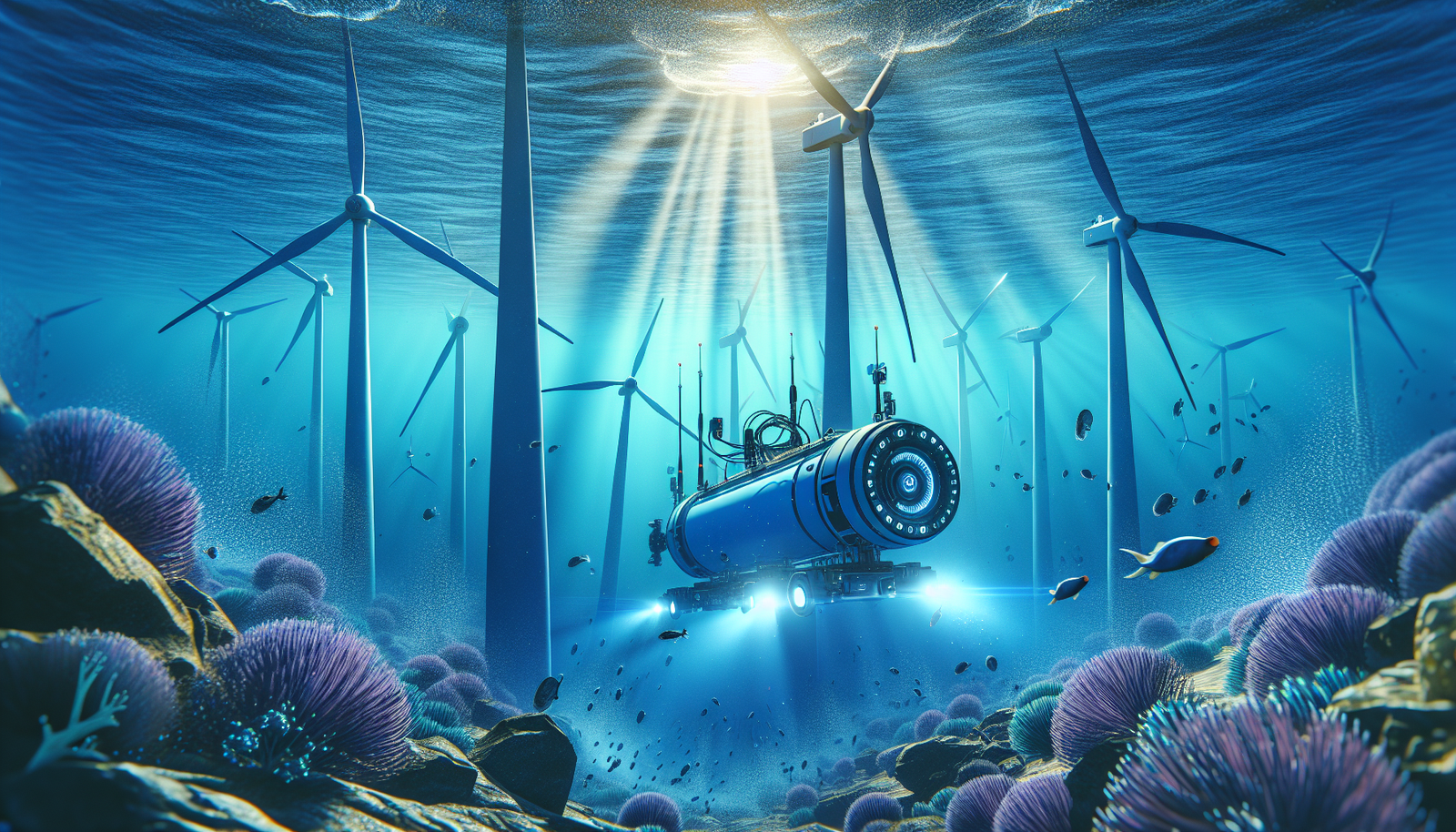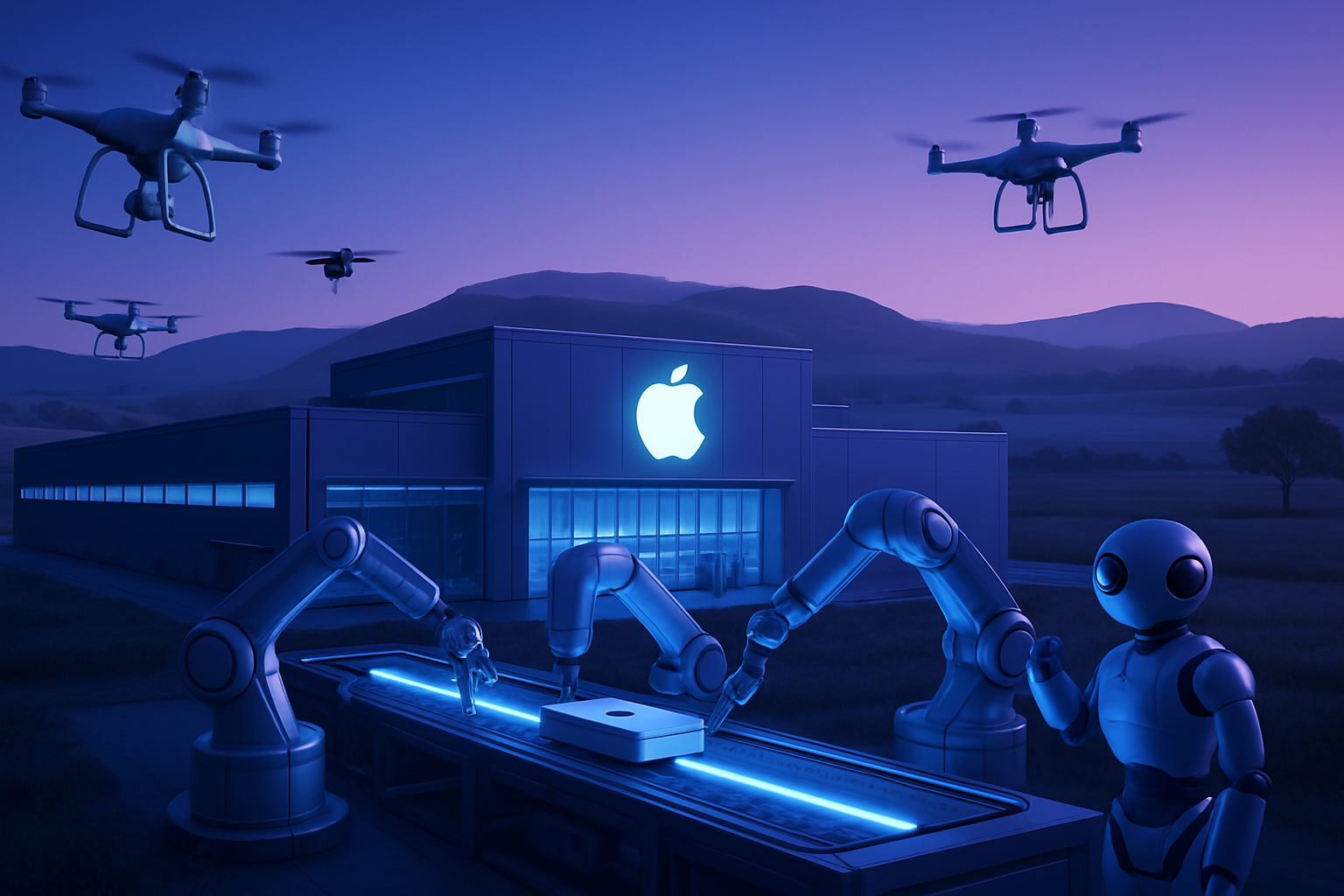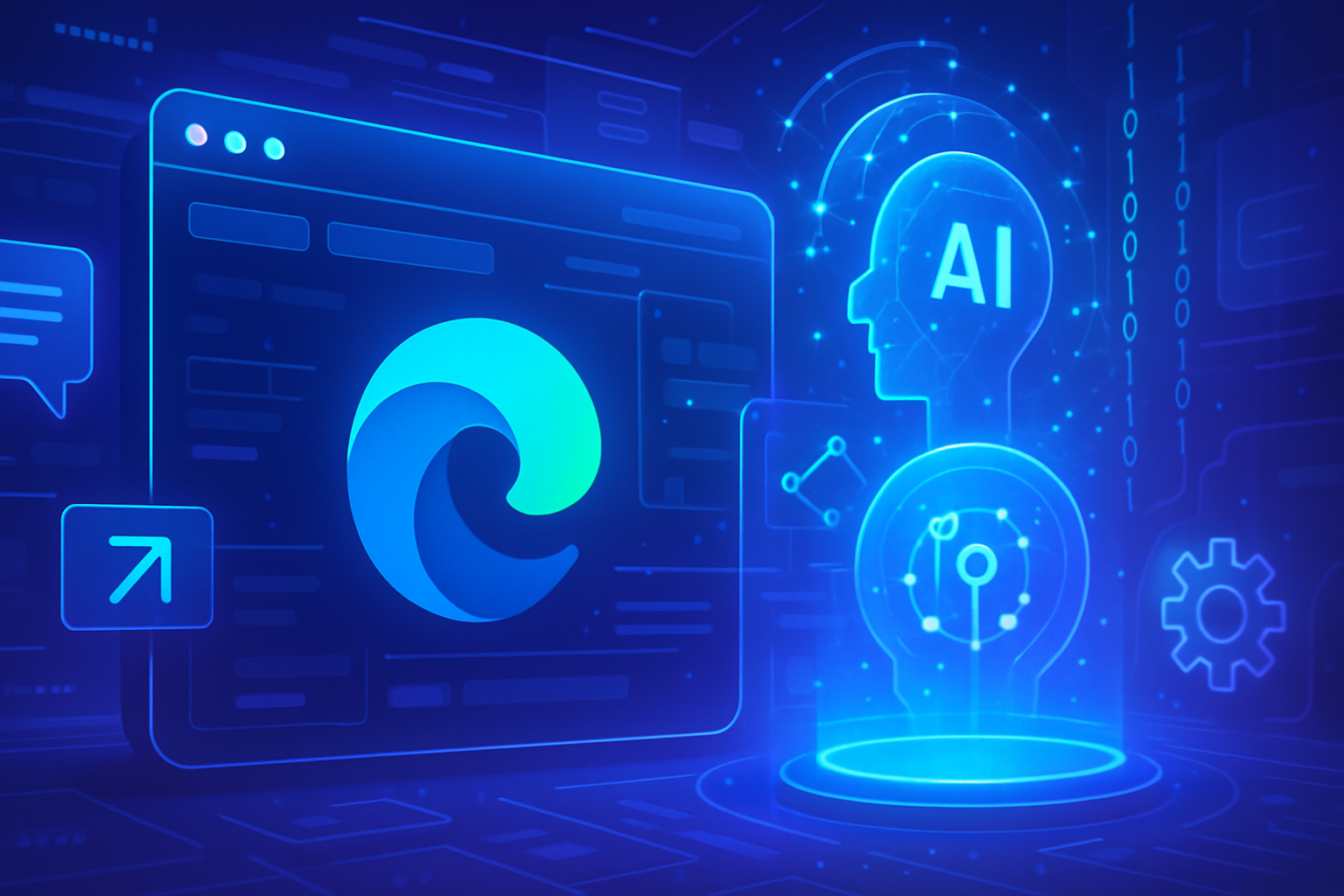Technological innovations are redefining the maritime landscape with autonomous solutions, particularly for hydropower. An autonomous underwater vehicle, powered by artificial intelligence, is becoming the indispensable tool for carrying out accurate and efficient inspections of offshore wind turbines. _This drone revolutionizes traditional maintenance methods, ensuring optimal planning of operations._ The complexity of underwater structures and environmental challenges require innovative and tailored solutions. _This high-performance system significantly reduces human interventions._ Thanks to sophisticated sensors, it ensures continuous and comprehensive monitoring of maritime infrastructures. _A significant advancement for the future of renewable energies._
An autonomous underwater vehicle powered by AI
The development of an autonomous underwater vehicle is revolutionizing inspection methods for offshore wind turbines. This innovative prototype has been designed to perform complex tasks without human intervention, thereby increasing the efficiency of maritime operations. Powered by artificial intelligence, this underwater drone can navigate autonomously, ensuring accurate and rapid inspections. The automation of this procedure also helps reduce the technicians’ intervention time on-site.
Complex inspections carried out without human intervention
This autonomous system offers unprecedented versatility in inspections. For example, at the Seagreen wind farm in Scotland, the largest offshore site in the UK, Beam’s AUV carries out meticulous inspection missions. Thanks to its state-of-the-art equipment, this drone can not only inspect the structures of the wind turbines but also analyze the state of the seabed, creating detailed 3D models for a better understanding of underwater infrastructures.
Digital technologies and the Inemar project
The innovative Inemar project, initiated by five industrial partners, aims to fully automate the inspection of wind turbines using a suite of digital technologies. This project demonstrates the industry’s commitment to transitioning to more sustainable and efficient methods. The data collected by these underwater vehicles could profoundly change the amount of information on the state of maritime installations as well as their environment.
Revolution of autonomous underwater vehicles
The technology of underwater drones is becoming an essential solution for the inspection and maintenance of maritime infrastructures. Beam’s AUV, driven by artificial intelligence, is turning into an indispensable tool in the maritime sector. Its complex system allows for thorough visual and technical analyses while minimizing the risks associated with human operations at sea.
Multiple applications and data collection
The applications of autonomous vehicles in the maritime environment extend beyond simple inspections. This equipment can perform sampling, geophysical mapping, and environmental analyses. Each mission contributes to better management of maritime resources while preserving aquatic ecosystems. The use of sophisticated sensors by these underwater robots is essential to guarantee the reliability of the data collected.
Inspection of the submerged parts of wind turbines
The implementation of marine robots equipped with specific sensors allows for the completion of traditional inspections. These robots are responsible for visually and technically inspecting the submerged parts of wind turbines. With these advanced technologies, it is possible to establish an accurate diagnosis and anticipate potential structural problems, thereby contributing to the longevity of offshore installations.
Innovations and the future of maritime inspections
With its innovative potential, the maritime technology sector is experiencing flourishing growth. Over 550 labeled projects, developed under maritime innovation initiatives, testify to this momentum. Autonomous underwater vehicles promise not only to improve inspection performance but also to pave the way for new interconnection and digitalization methods in maritime services.
Frequently asked questions about autonomous underwater vehicles for offshore wind turbine inspection
What is an autonomous underwater vehicle powered by AI?
An autonomous underwater vehicle is a drone that operates without human intervention thanks to advanced artificial intelligence, enabling it to carry out complex missions, such as inspections of offshore wind turbines.
How do these vehicles improve offshore wind turbine inspections?
They allow for detailed and accurate inspections of the submerged structure of wind turbines while reducing the time and costs associated with these operations by up to 50%.
What types of sensors are used in these vehicles for inspection?
These drones are equipped with various sensors, including HD cameras, sonars, and condition sensors that provide visual and performance data on wind turbines.
What is the operational range of an autonomous underwater vehicle?
The range depends on the model, but most are designed to cover large areas and can operate at depth, reaching sites far from the coast.
What are the advantages of automation in wind turbine inspection?
Automation reduces risks for technicians at sea, improves the accuracy of inspections, and allows for continuous and systematic data collection.
How are the data collected by these drones processed and analyzed?
The data is generally sent in real-time to a processing platform, where it is analyzed to provide detailed reports on the condition of the wind turbines.
Can underwater vehicles detect structural problems?
Yes, with their advanced sensors, these vehicles can identify cracks, corrosion, and other structural anomalies that could affect the operation of wind turbines.
What is the environmental impact of using these technologies?
These vehicles minimize environmental impact by reducing the need for more intrusive inspection methods and limiting the movements of human teams at sea.
Can these drones be deployed in other maritime industries?
Absolutely, autonomous underwater vehicles can be used in various maritime applications, such as marine research, seabed monitoring, and many other infrastructure inspections.
How can these innovations contribute to the energy transition?
By optimizing the inspection and maintenance of offshore infrastructures, these technologies support the sustainability of wind farms, essential for increasing renewable energy production.






